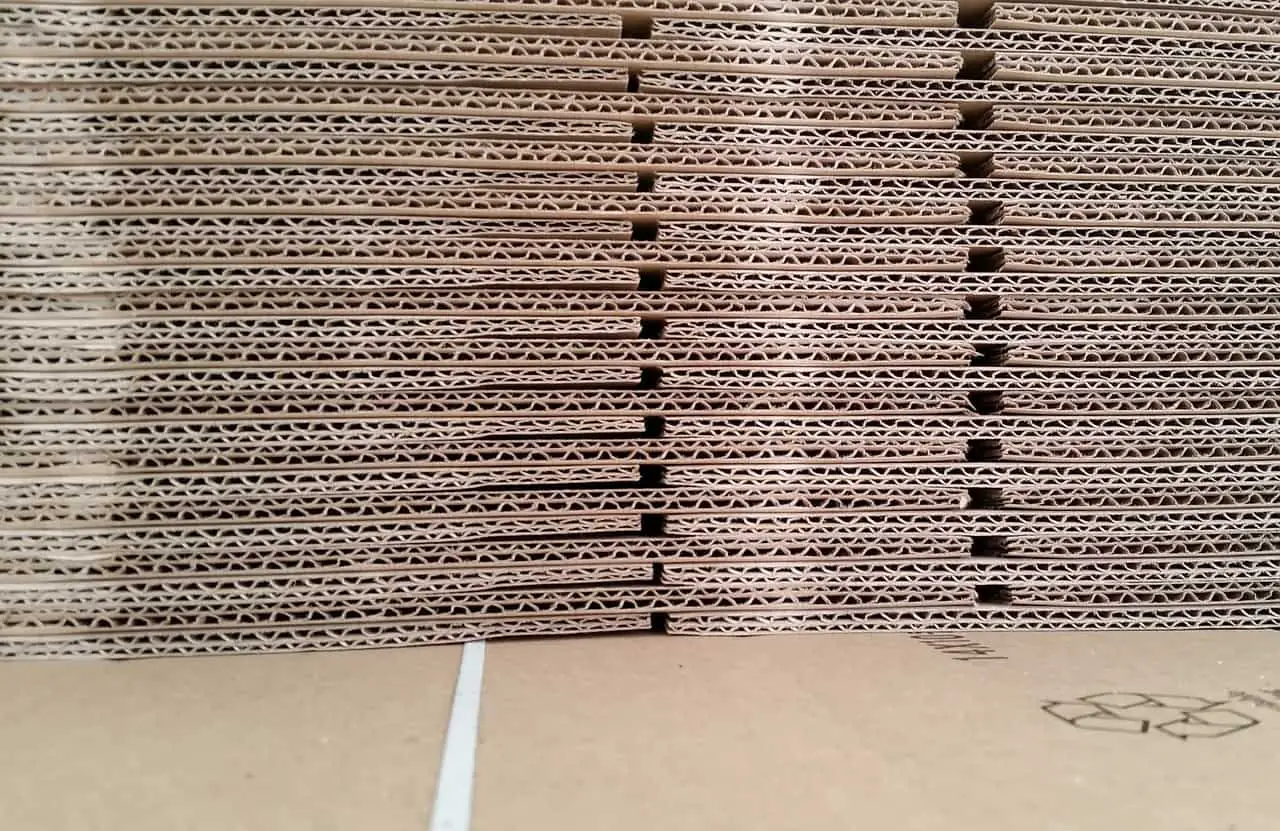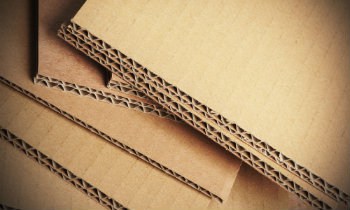soundbuff
Active Member
Maybe I patent it!
Hey, I'm using the Nankarrow Neoweave absorbers and Nankarrow NeoFuse absorber-diffusers from AuralExchange to a moderately satisfactory effect. My living room also has terrible flutter echo. I put these panels on my front wall and the sound is noticeably better.My specific question has anyone used the Nankarrow neo kit soundproofing acoustic foam kit listed at the Aural Exchange .
Thanks in Advance
Egg cases can be a cheap and effective room treatment option. The ones that house 30 eggs probably cost few rs. each!I relocated last month to my old home in Jaipur and am rattling in what is a fairly large space. The 'music room' is a resonant space, with marble floor and a window and very little furniture at my disposal.
Yes, I might bring in a bookshelf, although I don't have that many books on me right now. Unlike books CD cases won't help absorb sound. Thanks for your suggestion.I have had the same problem. These new construction technologies with Concrete walls do a terrible job of sound absorption. I put in a Ikea Besta solution on one end, it helped a lot.
Thanks for your detailed response and the attached picture. From what I could make out the first step is to go with absorbers rather then diffusers. I could place tow rows behind the speakers (On either side of the curtains in my case) and see if that has any impact. Did you consider having something on the top corners of the walls. I was wondering if that would make a difference.Hey, I'm using the Nankarrow Neoweave absorbers and Nankarrow NeoFuse absorber-diffusers from AuralExchange to a moderately satisfactory effect. My living room also has terrible flutter echo. I put these panels on my front wall and the sound is noticeably better.
The person from AuralExchange mentioned to keep the absorber-diffuser panels on the front wall and I've had them behind my LCR.. while the sound improved, there was still a lot to yearn for. It went from unable to listen to satisfactory. I finally had time this week to relook at improving the acoustics in my room.
I was doing blind trial & error of keeping the absorber panels to cover the glass windows, beneath the painting frames but to no satisfactory effect, until yesterday.
I wondered if the absorber-diffuser panel was causing too much of diffusion which is resulting in the echo. So, I simply placed a few absorbers on the diffusers and voila.. the sound stage has improved tremendously. There is still some room for it to become kickass.. but for now, I sleep peacefully
Edit: Attaching the picture of my setup (here the absorbers are on their own. I now moved some of them to cover the diffusers as mentioned in the post)
Yes indeed that is an inexpensive solution. May be I can try it out along with the cartons. Would these function as absorbers or diffusors or both? In any case the commercial offerings are no less ugly!Egg cases can be a cheap and effective room treatment option. The ones that house 30 eggs probably cost few rs. each!
I did not want to do anything with the top corners of the walls for the hassle.Thanks for your detailed response and the attached picture. From what I could make out the first step is to go with absorbers rather then diffusers. I could place tow rows behind the speakers (On either side of the curtains in my case) and see if that has any impact. Did you consider having something on the top corners of the walls. I was wondering if that would make a difference.
Cartons spray painted would look nice tooYes indeed that is an inexpensive solution. May be I can try it out along with the cartons. Would these function as absorbers or diffusors or both? In any case the commercial offerings are no less ugly!
| In the formula: | α is the sound absorption coefficient of a material; |
| E is the sound energy absorbed by material; | |
| E0 is the overall sound energy previously spread and reaching the surface of a material. |
@soundbuff, I look forward to hearing of your trials and discoveries. You are off the beaten path for sure.That was pretty lucid, even for a non science blockhead such as I. A complete dead room would be hard to achieve in a home however so that is not our big issue. It's the marble, cement and tiles that are our headache. Since I have limited cash at hand having bought new speakers, may be I will fill up the cartons with old rags or something. Maybe punch a few small holes in their sides, and paint them to look funky️

 quietden.com
quietden.com



